Sani Muliaumaseali’i: Fa’afafine: My will survives
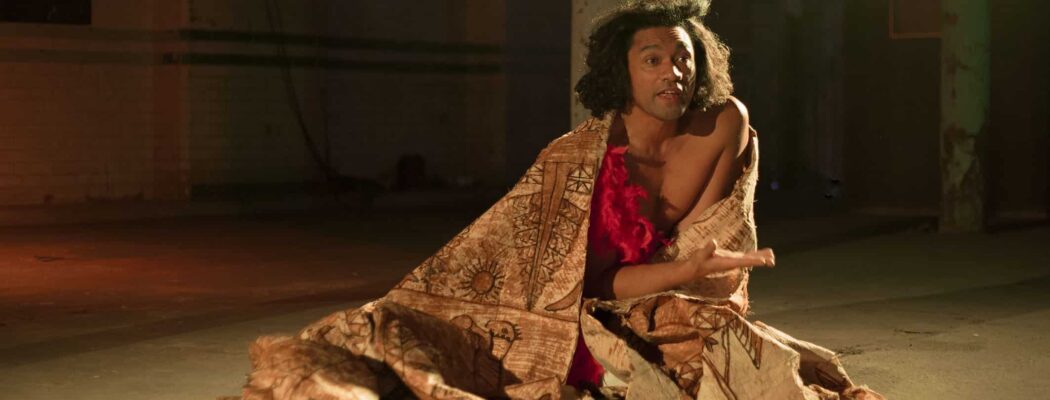
As part of Wandsworth Art’s LGBT+ History Month programme, Battersea-based opera tenor and theatre maker Sani Muliaumaseali’i reflects on the theme of this year’s LGBT+ History Month – Body, Mind, Spirit – and how it infiltrates his creative practice.
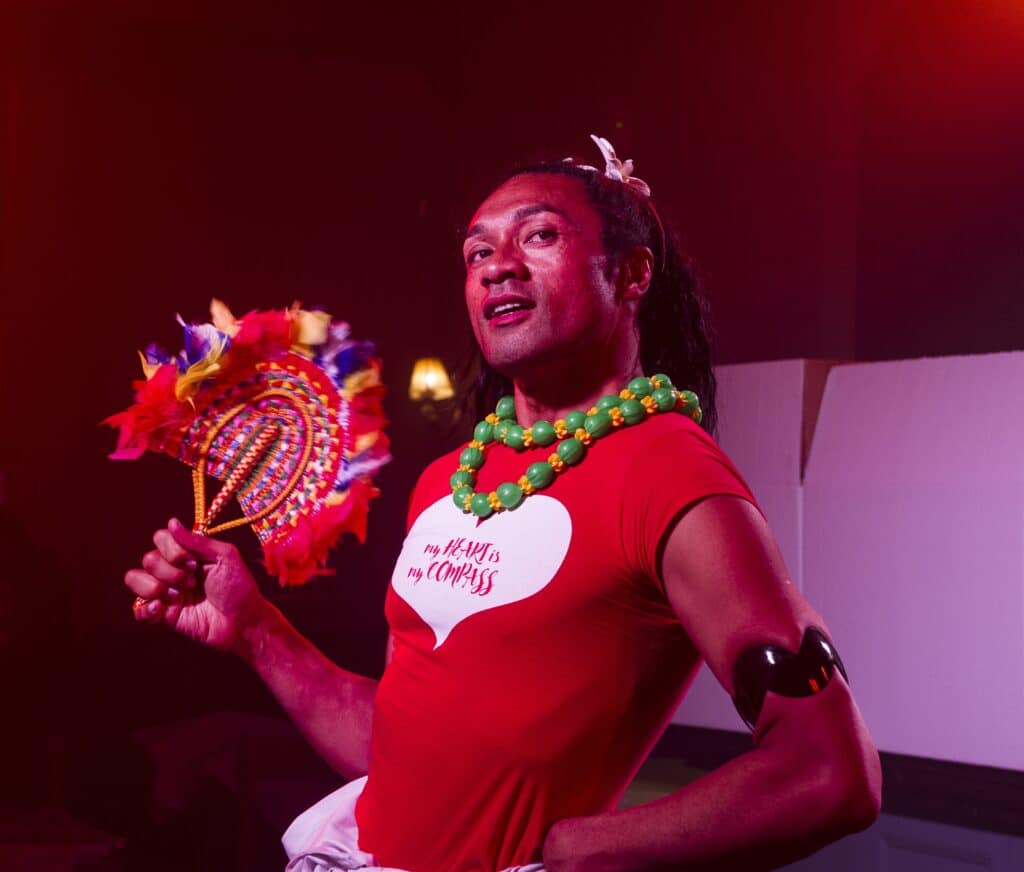
In 2018, when I sat down to write my play Talune about the 1918 influenza pandemic in Samoa, never in a hundred years did I imagine that I’d be living through one myself. The flu was brought to Samoa on board the New Zealand cargo and passenger ship the SS Talune. The contagion was let loose on the islands by a racist New Zealand administration, led by Lieutenant Colonel Robert Logan. Logan allowed sick passengers to disembark, infecting and killing close to twenty five percent of the Samoan population.
I am Samoan – in Samoa we say I am (the) Samoa. O a’u o le Samoa. To me, that is identifying with body of land, the mind of the culture and the collective spirit of a people. As a communal people, as one would find anywhere, when the 1918 pandemic hit, it hit us all. The culture of Samoa suffered too as custodians of ritual and protocol, such as elders, chiefs and religious leaders, perished, taking with them precious knowledge.
One aspect of the culture that survived is the Fa’afafine. This ‘phenomenon’ is unique to Samoa and the Moana a Kiwa (Pacific). The fa’afafine is a cis gender male who lives in the manner of a woman (this can mean dress, demeanour and associated duties). Definitions vary slightly but to my contentment: The fa’afafine is part slave and part master to the two genders she embodies. He floats effortlessly above societal rigidity, yet is caught in stereotypical roles, often those of the female, though not strictly. Ensconced in the cultural eye of the beholder, the fa’afafine are in service to society. They are a walking – strutting – contradiction. My facile use of the pronoun ‘they’ inadequately illustrates the ebb and flow of the fa’afafine personified.
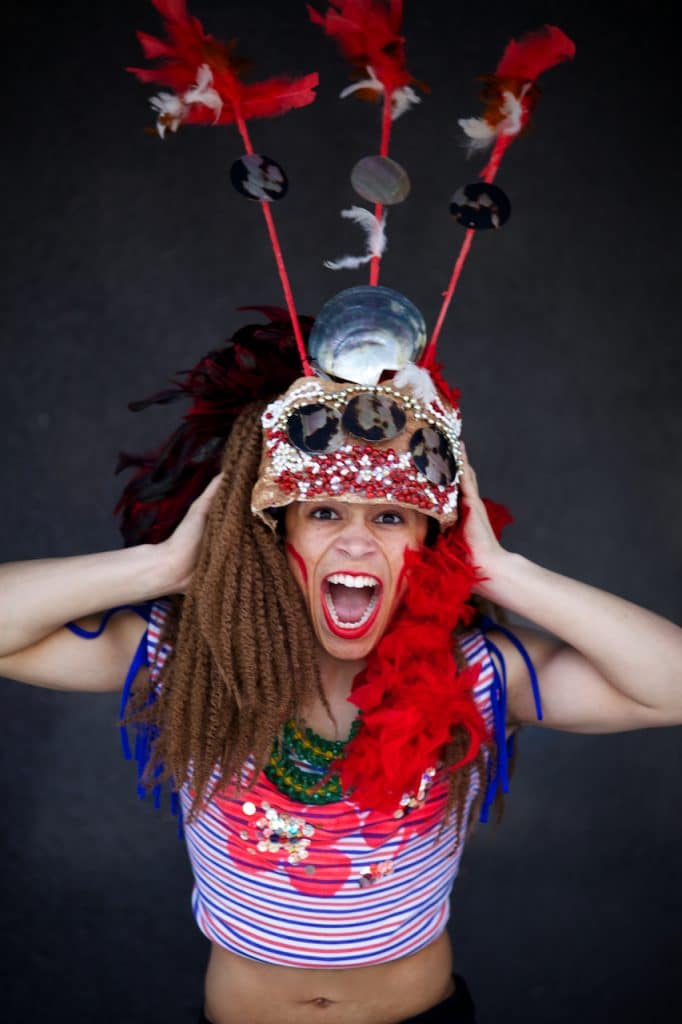
The fa’afafine looms larger than life – body, mind and spirit – in the works I’ve written for theatre. I share our stories with a nuance, authenticity and detail that comes from first-hand experience. The fa’afafine characters in the plays, musicals and operas I’ve created are bold and meld the world I grew up in with one I would have liked to have grown up in.
My play Talune (2018) has ‘Mele’, who works at the customs house and says “The papalagi (white man) makes the rules, so he can break the rules.” The play with songs Kava Girls (2014/15/16) has Sinalei, who came to London to be a star: “Cause when you’re a star, way up in the sky – you’re safe.” In R’Otello the rugby opera (2015/19), a transgender Tosca headlines at the Rugby World Cup final, exclaiming “I’m the star – you’re my dust.”
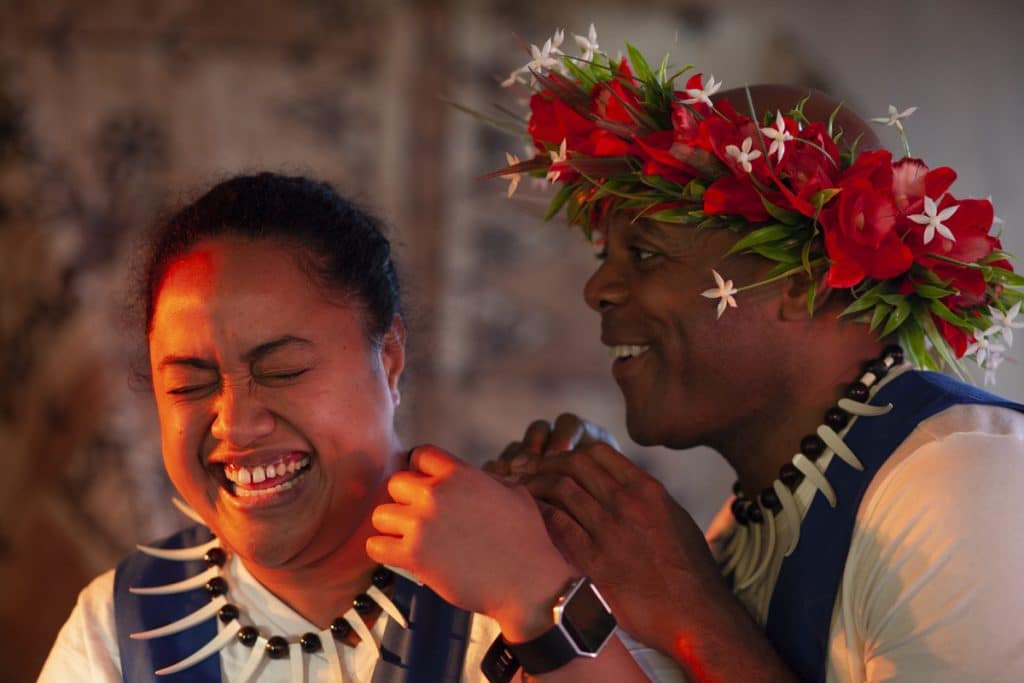
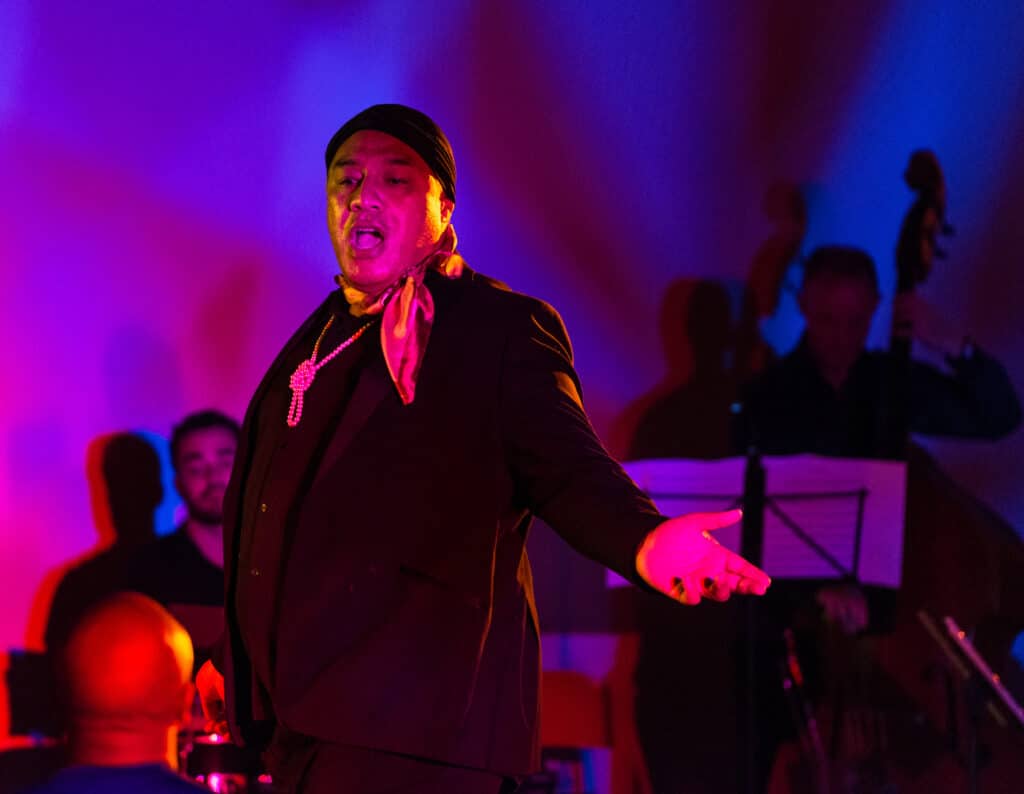
Visibility and viability for the fa’afafine in theatre is a driver for me. Samoan writers for the stage are limited in number (although this is changing) and there is a dearth of fa’afafine characters. I also champion the fa’afafine to balance my being raised outside of Samoa. Fa’afafine, while accepted and visible in Samoa, is not the case in Aotearoa, New Zealand, where I grew up. Although Christian and Western values invaded and pervaded the cultural psyche in Samoa, there was always room for the fa’afafine. In NZ, there was no such kindness.
The fa’afafine could often prove a bridge too far for the immigrant trying to blend in to prosper – a clandestine fa’afafine would be etched out. This furtive creation is a messy contortion of subjugation and thwarted desire. She is a pallid and dispirited triumphant colonial disgrace, suffocating in a closet he is forced to fashion after the West.
The fa’afafine I divine are of the ‘old school’ variety – a proudly under-polished assembly. They remain untouched by the heady currents of Western pressures and aesthetics. They are antihero and are simultaneously vital and benign to storyline. The strutting contradictions Mele, Kava Maria, Tosca and Sinalei are stoic salutes to an imagined purity of a culture on the skids; for me they are catharsis, elucidation and salvation and I have built them– body, mind and spirit – to survive, pandemic and otherwise.
©sanimuliaumasealii2021
Top image: Sani Muliaumaseali’i as Kava Maria, A Family Called Samoa (2012). Image: Jo Lawson.
Sani Muliaumaseali’i is a Battersea-based, Aotearoa NZ born Samoa Layered Art Exponent, who writes, composes, produces, directs, choreographs and performs globally. Sani has appeared in opera and most forms of music theatre, film, radio and television. A tenor, Sani has toured with the Royal Opera House Covent Garden, performed with the Montreal Symphony Orchestra and sung Wagner (Froh) with Longborough opera, the British Bayreuth. He sang Otello, (VERDI) in his piece R’Otello the rugby opera (2019) at the London Opera in the City Festival. Sani co-founded the GAFA arts Collective in London, 2011, he is the creative director and producer. His inaugural piece ‘A family called Samoa’ (2012) was featured at the 12th Festival of Pacific Arts Guam, FOPA 2016. Other works include the play ‘Talune’ about Samoa and the 1918 flu pandemic. ‘The Third Country’ for the Royal Court 2015, his play with songs ‘Kava Girls’ 2014, and Baba the Bad baboon’ 2017, a climate change musical have soundtracks written by Sani, that can be found at www.gafasamoa.com

